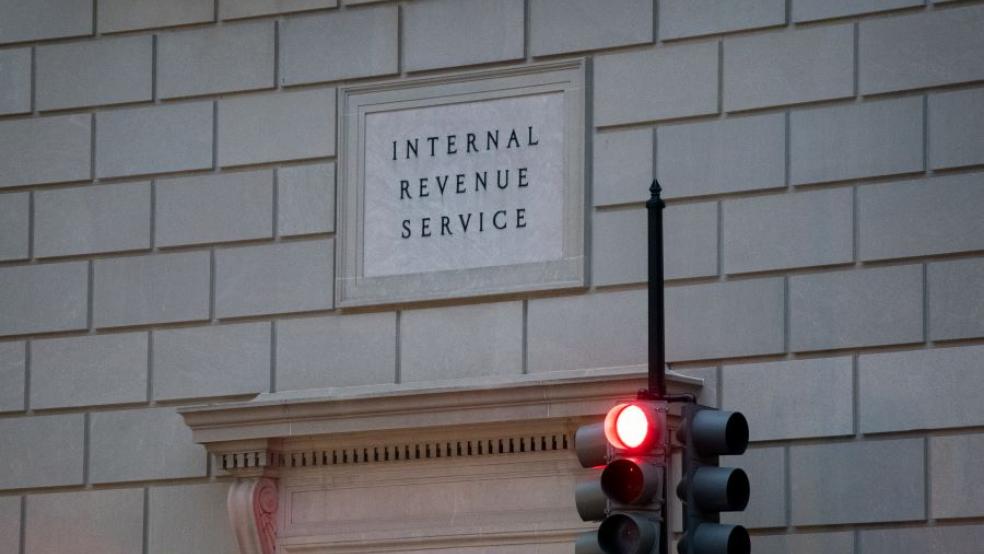As the Treasury Department warned last week, the drop-dead date for raising the debt limit could arrive as soon as June 1, earlier than most analysts had expected just a few weeks ago. The main reason the so-called X-date – the day on which the U.S. runs out of cash to meet its obligations – has moved forward is that federal tax revenues have come in below projections, and on Monday the Penn Wharton Budget Model released an analysis that digs into the details.
According to PWBM, by the end of April tax revenues were $150 billion lower in fiscal year 2023 than projected by the Congressional Budget Office. This “tax receipts gap” has two main drivers: individual income and payroll taxes, which were about $117 billion below projections, and corporate income taxes, which fell short by about $36 billion.
Two other revenue sources – customs and excise taxes, and estate and gift taxes – had smaller effects that were largely offsetting.
Although there is still uncertainty surrounding the cause of the lower-than-expected revenues from individuals, PWBM’s Alex Arnon says it looks like it is tied to weaker performance of investments. In 2021, the stock and housing markets surged, producing a surge of capital gains tax revenues during tax season last year. In 2022, some assets lost value amid higher market volatility, reducing the taxes owed in 2023.
For corporations, PWBM says that quarterly income taxes have been running below projections since December, when the first payments of the 2023 fiscal year were due. “One likely explanation is that corporate profit margins have fallen faster than expected,” Arnon writes. “Profit margins expanded significantly in the aftermath of the pandemic but have been declining gradually since 2022 as consumer demand and labor market conditions stabilized.”


